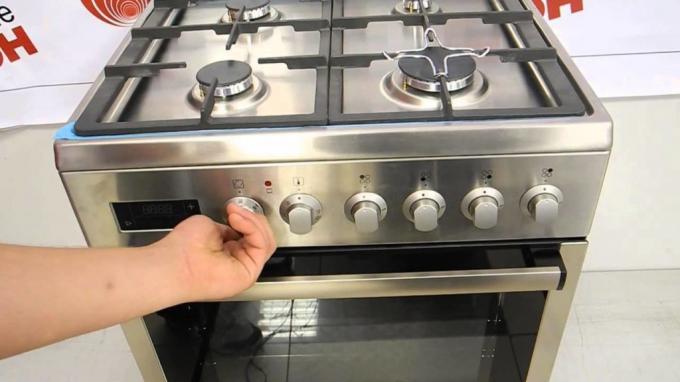Content
-
1 Stool tests
- 1.1 Types of analyzes
- 1.2 Preparation for analysis
-
2 Storage conditions for samples
- 2.1 Timing for different analyzes
- 2.2 How to store feces correctly and safely
- 3 Conclusion
The discussion about how long a stool analysis can be stored in the refrigerator periodically arises in various medical forums. Both experts, and even more so amateurs, express a variety of opinions on this matter, often without specifying that the fundamental possibility, and even more so the shelf life will be different for different situations.
In this article I will try to fully consider this problem and give brief recommendations for the most common cases.
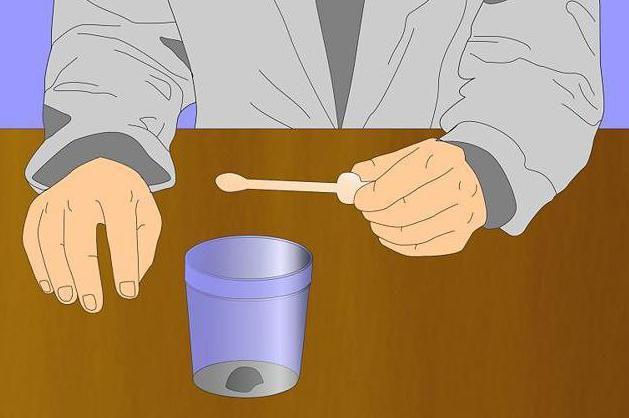
For the analysis to be informative, the biomaterial must be delivered to the laboratory with minimal structural changes
Stool tests
Types of analyzes
Before figuring out whether it is possible to store feces in the refrigerator in principle, as well as how long it can be done, you need to have an idea of what kind of analysis we are going to have.
As a rule, laboratories perform a not too extensive list of studies, including the following positions:
- Coprogram is a complex study of physiologically significant parameters of human waste products. Allows you to diagnose dysfunction of the stomach, intestines, organs of internal secretion, malabsorption, etc.
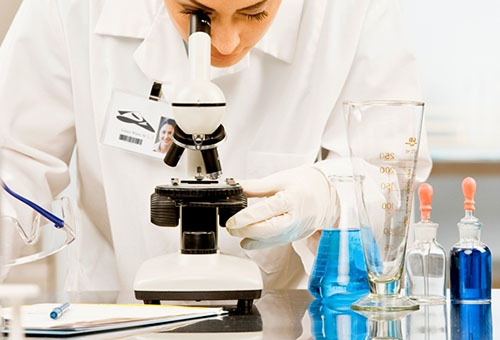
The fresher the sample for microbiological examination, the better
- Analysis for dysbiosis is a study of the intestinal microflora, which allows to reveal the concentration and ratio of "useful", "neutral", "opportunistic" and "pathogenic" groups of microorganisms. It is used as a comprehensive diagnostic tool, it can also be accompanied by a study of the resistance of certain groups of microorganisms to antibiotics.
- Scraping for enterobiasis - detects mainly pinworm eggs (pathogenic helminths belonging to the group of roundworms). Most often performed in children.

Scraping allows you to study the intestinal microflora
- Analysis for helminth eggs ("helminth eggs", as it is often called) - reveals encapsulated eggs of pathogenic and opportunistic helminths in the feces. Allows you to diagnose ascariasis, trichinosis, hookworm disease and other pathologies that are caused by round and flat worms.
- Occult blood test - performed if you suspect latent bleeding in any part of the gastrointestinal tract. Allows you to identify hidden blood cells that are not detected by microscopic examination.
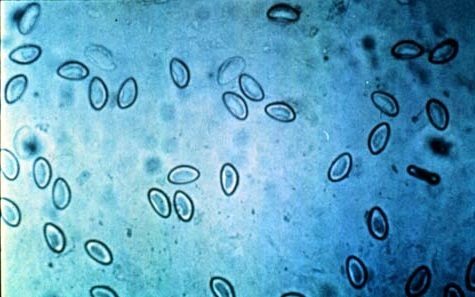
Helminth eggs: photo under a microscope
In fact, the answer to the question of how much stool analysis can be stored in the refrigerator depends on the type of research: for some samples such storage is not allowed in principle, while others can be carried out in a refrigerated option.
Preparation for analysis
Proper preparation for sampling is just as important as the correct answer to the question of whether the stool analysis can be stored in the refrigerator for the selected study.
As in the case of storage conditions, the approach to preparation directly depends on the type of testing, but if there are general recommendations:

For analysis, you need to select fresh feces
- The biomaterial is handed over no earlier than 48 hours after cleansing enemas, and not earlier than 48 hours after X-ray examination of the stomach or intestines.
- At least one day before the sample is taken, the intake of activated carbon and other sorbents, as well as laxatives, is stopped.
- Material is collected under typical dietary conditions, unless otherwise stated, which means changing the diet or you should not go on a special diet, since changes in the composition of food can distort the result research.
- For analysis, feces obtained in a natural way are selected: the use of an enema or rectal suppositories is undesirable.

Enemas are allowed only in exceptional cases.
Important!
Sometimes mothers ask doctors how much child's feces can be stored in the refrigerator: in newborns and in infants, stool is difficult to predict, so getting biomaterial at the right time difficult.
In a situation where the cooling of the sample is not allowed by the analysis technology, the doctor sometimes allows the use of an enema.
- A fecal sample with a volume of about 5 cm3 is taken with a sterile instrument and taken into a sterile, hermetically sealed container.
Storage conditions for samples
Timing for different analyzes
In this section, we look at how much stool you can store in the refrigerator for different studies. There are relatively few options here, so I will present them in the form of a table:
| Analysis | Storage capability | Maximum term, hours | Optimum temperature, 0С |
| Dysbacteriosis | No, the sample is ready for analysis within three hours | – | – |
| Coprogram | Yes | up to 8 | 4 – 8 |
| Scraping for enterobiasis | Yes | up to 8 | 4 – 8 |
| Analysis for helminth eggs | Yes | 5 – 8 | 4 – 8 |
| Occult blood test | Yes | 5 – 6 | 4 – 6 |

The shelf life depends on the type of study: some tests can only be performed on fresh biomaterial
As you can see, most of the methods allow for the storage of biological material in ordinary household refrigerators. In this case, for example, when deciding how much feces analysis for worm eggs can be stored in the refrigerator, it is worth calculating how quickly you can deliver the sample to the laboratory.
Even if you go to the toilet in the evening, it is imperative that the research begins no later than eight hours later, otherwise the accuracy of detecting pathogens will be significantly reduced.
Well, and the answer to a fairly popular question, whether it is possible to store feces in the refrigerator for a day or more will be unambiguous: it is impossible under any circumstances. After 24 hours, irreversible processes will occur in the sample, and it will be almost impossible to establish objective physiological parameters.
How to store feces correctly and safely
If you are in a medical hospital, then the task of correctly collecting and storing samples for research falls on the shoulders of the staff. For this, there is a special instruction, the observance of which will minimize the influence of external factors both on the composition of the biomaterial and on its microflora.
However, you can take samples yourself.
It is quite simple to ensure optimal conditions, but for this it is worth adhering to simple recommendations:
- To get started, we buy at the pharmacy or take a special container in the laboratory (its price is purely symbolic, but it is more convenient to use it than a match box or a medicine bottle). The container must be in a sterile package, with a tightly screwed lid, inside it usually has a plastic spatula for the actual sampling.
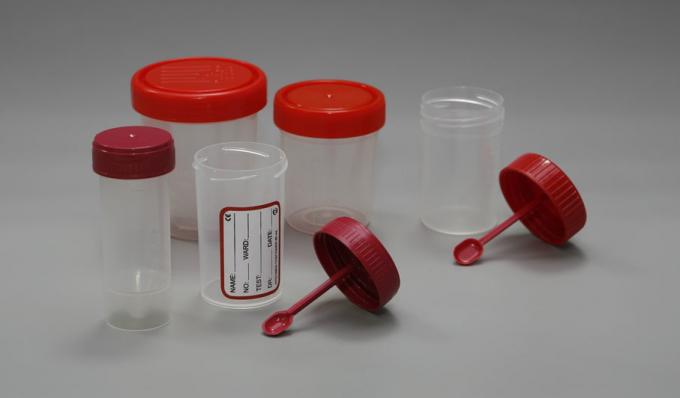
Photos of containers for collection and storage of samples
- Using a spatula, separate a small fragment from the feces (the optimal volume for each analysis is different, therefore ask your doctor) and place it in a container. When placing, make sure that feces do not fall on the outer side of the container and on the thread of the lid.
- Screw the container tightly and wrap it in a plastic / paper bag.
- We place the package with the container in the refrigerator (not in the freezer!) by setting it to a temperature setting that matches the optimal conditions for your chosen analysis.
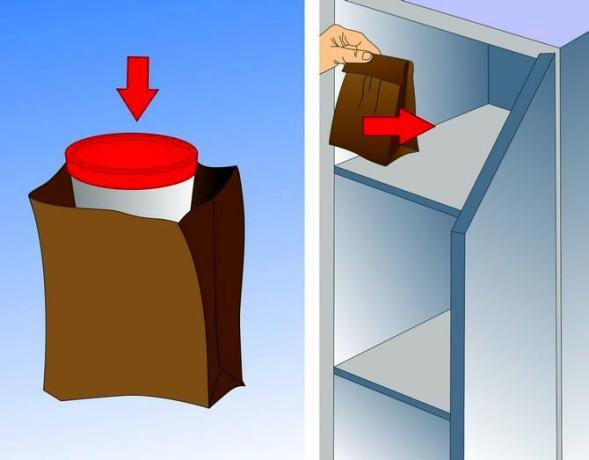
How much stool analysis is stored in the refrigerator depends, among other things, on the correct packaging
- We position the container in such a way that it has minimal contact with products without packaging.
- We calculate the storage time in such a way that no more than 6-8 hours pass between the moment of sampling and delivery of the material to the laboratory.. During transportation, we try to keep the temperature low, using a thermal bag or ice bag for this.
Advice!
When cooling the test container with ice, it is important to prevent it from freezing!
Conclusion
It is necessary to decide how much feces are stored in the refrigerator in each case separately: different analyzes assume different conditions and different temperature conditions. You can understand this delicate issue in more detail by watching the video in this article, as well as after consulting either with a specialist in the analytical laboratory, or with me in the comments to material.


